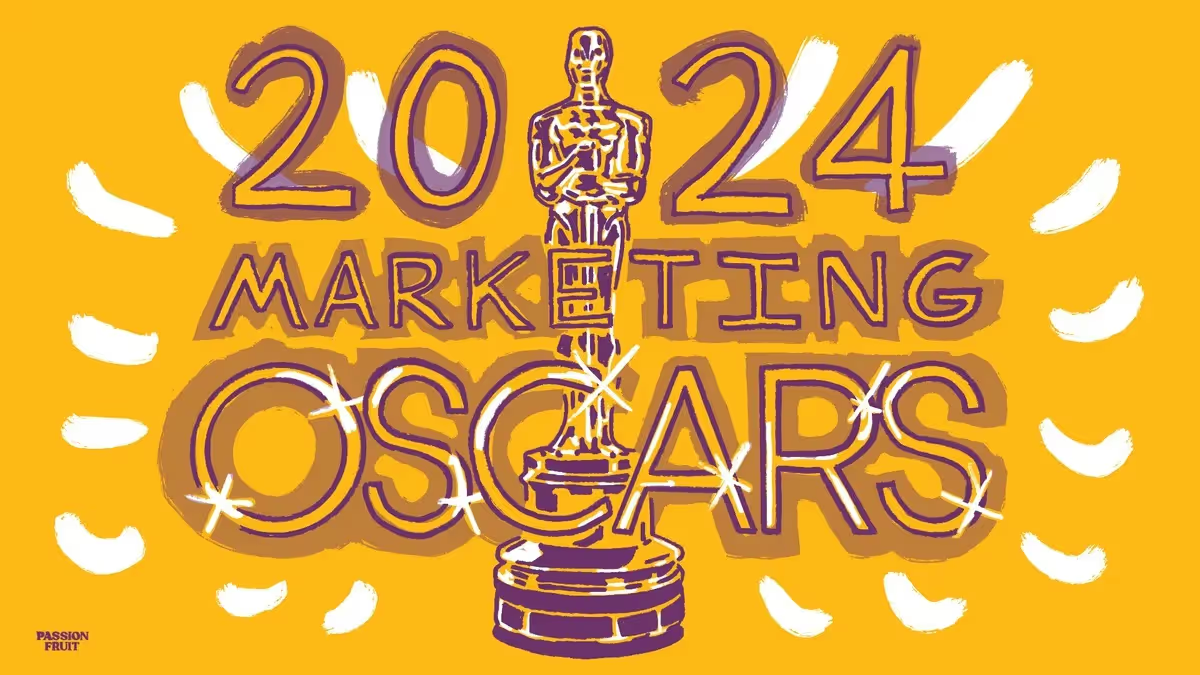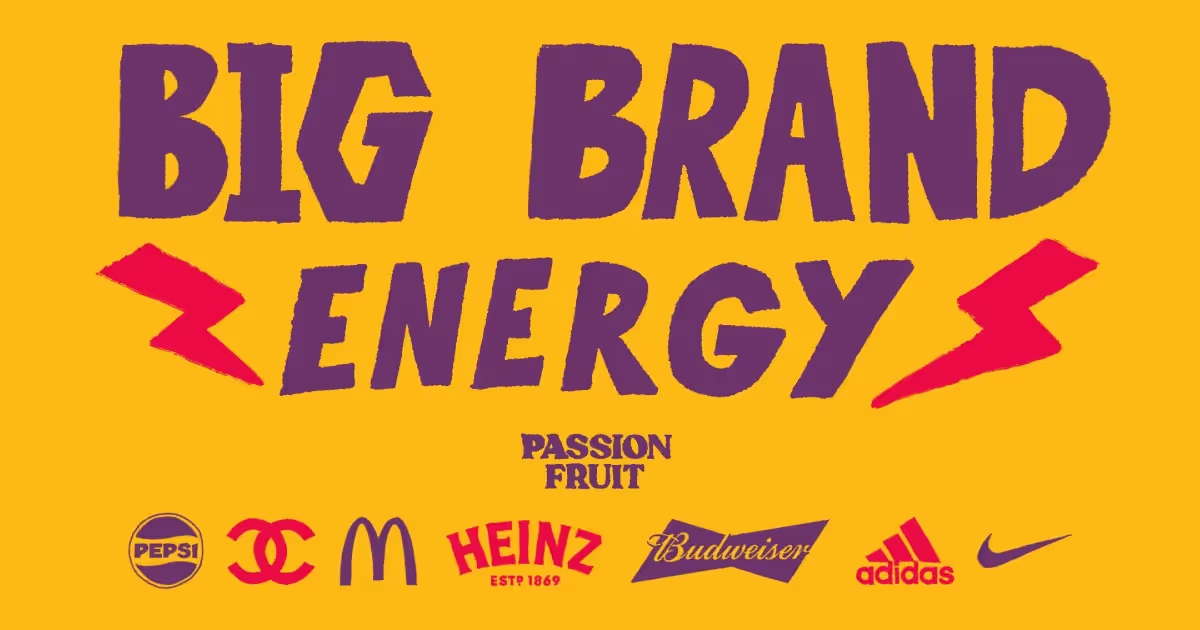The New York Times. Tech Crunch. Forbes. This golden triad of publications is mentioned at least once in nearly every public relations consultation I’ve led. And for good reason. A prominent placement can help fill the sales pipeline, grease the wheels on investor discussions, and prove to your family and friends that you’re not crazy for leaving that cushy job for the #startuplife. Third-party validation is perhaps one of the most valuable assets a growth company can have, especially early on.
Now that we’ve established the potential upside to a positive article, how do you achieve one of those coveted spots on the TechCrunch homepage? Whether you’re engaging with an agency, hiring a specialist, or tackling the PR function solo, there are a few truths that you probably should know before your start sending pitches. These won’t be flashy “agency” truths. In fact, they might make you a little uncomfortable. And that’s good. The sooner you understand the challenges, the quicker you can overcome them and be well on your way to working collaboratively with the press to build your brand awareness.
No one cares about your company (truly)
It sounds harsh, but it’s one of the greatest truths I can share. The media doesn’t care about your company. Every day, writers are inundated with hundreds of pitches from dozens of companies exactly like yours. The startup industry has grown exponentially over the last decade, which means that while your cousin’s startup was featured in all of the hot Silicon Valley pubs in 2010, the landscape is much more competitive today. Additionally, most outlets are a bit jaded from years of reporting on companies that promised much more than they could deliver, leading to a healthy air of skepticism among tech’s top writers. Have I mentioned that there are also fewer reporters than ever before?
The best thing you can do to combat these roadblocks? Get crystal-clear on your unique value proposition in comparison to your competitors (and yes, you do have competitors). Know your customer demographic and the issues you’re solving for that group. Be able to identify the greater business category and speak to it intelligently. And most importantly? Make telling your story as easy as possible for the reporter. Link your company/solution to a timely macro trend that the writer has covered in the past. Support your narrative with external data. Make scheduling an interview super simple (I love sharing Calendy links and letting them book directly). The goal is to convince them to care and provide a VIP experience once they’ve engaged—the more seamless the process, the better.
Relationships don’t matter (much)
In nearly every new client consult, we discuss media relationships. The importance of a robust reporter rolodex seems to be one of the most misunderstood components of PR. The rampant perception is that you need to find the agency or specialist with the strongest connections. However, most people would be much better served by hiring the most talented writer and storyteller. Connections are utterly useless unless you have a strong company story. While “friendly” reporters are more likely to write back and say “no thanks” as a courtesy, legitimate writers will never cover a company as a favor. They’ll also never bite on a weak story just because they know the publicist pitching it.
The best way to get a response? Craft a killer narrative. Be open to feedback from your specialist or team about what does (and doesn’t) make a compelling media angle. Get really clear on what is newsworthy and which stories may be better served as social posts or blog content, and be prepared to pivot quickly if a pitch isn’t resonating with your target publications.
Good PR takes (your) time
A company with limited funding and few paying customers can rarely hit the ground running with the media. Typically, it takes a bit of time and some patience to build up a strong public profile. An intelligent founder will be willing to dedicate energy and resources to making this magic happen. While your specialist should be providing unique pitch ideas on a steady cadence, supplementing those ideas with internal data, interesting commentary, or access to thought leaders within your organization is one way you can support the process. PR is rarely a set-it-and-forget-it function.
In the beginning, bylined articles are a strategic way to get an initial foothold with the media. It gives you a chance to tell your story and highlight your expertise in your own words. It can also serve as a launchpad for interviews in the future and is excellent SEO for your company website. However, these opportunities take some input from the internal team and work best when the subject matter expert can provide details and context.
Executive availability is essential as the media opportunities roll in, and a few hours of media training is a great way to ensure the top-tier quality of your placements. Also, a solid personal profile only enhances your PR pro’s efforts. Creating (or repurposing) content on LinkedIn and Twitter is a great way to draw organic attention to your organization while also giving you another opportunity to convey your mission when reporters visit your profiles (and they will).
The headline tells the entire story
In the old days, a good story placement landed “above the fold” - meaning on the upper portion of the newspaper where people could catch a glimpse, even when the papers were stacked. These days, a good placement is measured by the number of clicks it generates. This metric is essential in two ways - more clicks generally translate into more traffic to your website - but an article with robust engagement is important for our writer friends, as well. Journalists who pen articles with high traffic are more likely to get selected to write more, which is critical for freelancers. Help them in this pursuit by outlining some potential headlines up-front (or use them as a subject line - one of my favorite tricks).
In our media-obsessed, always-on culture, a strong headline is your best asset. Think through the entire lifecycle of your campaign. What is the resulting banner from the story you’re pitching? Will it catch a reader’s attention? Would it catch your attention if you had no association with the company? Considering these questions can help form a more eye-catching article and suss out the real story you’re trying to share.
There is no I in team
The most successful public relations program is one where there is ongoing collaboration between a skilled specialist, company leadership, and the right, relevant reporters. Approaching PR as a team effort can help all stakeholders, from company to reporter to reader achieve their goals.
With a bit of insider knowledge, you’ll have a better understanding of what to expect as you begin your PR journey and hopefully, a more keen sense of which parts of your business story have the best media hook. You’ll also be able to select the right partners to help you in this pursuit - possibly the most crucial first step in any successful program. I look forward to reading about your company in the media soon.







